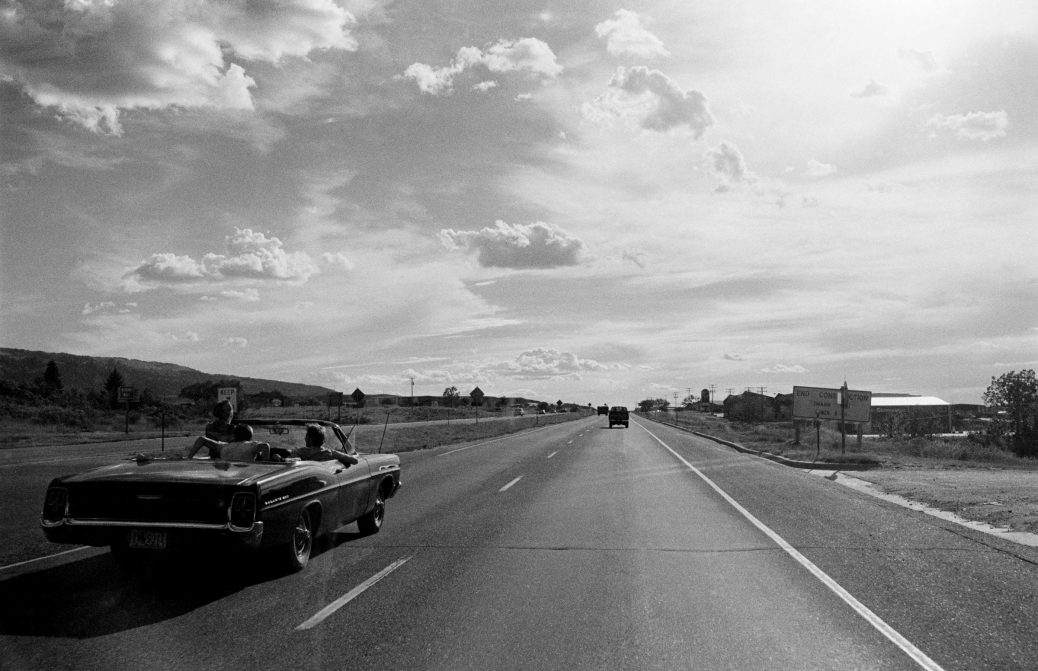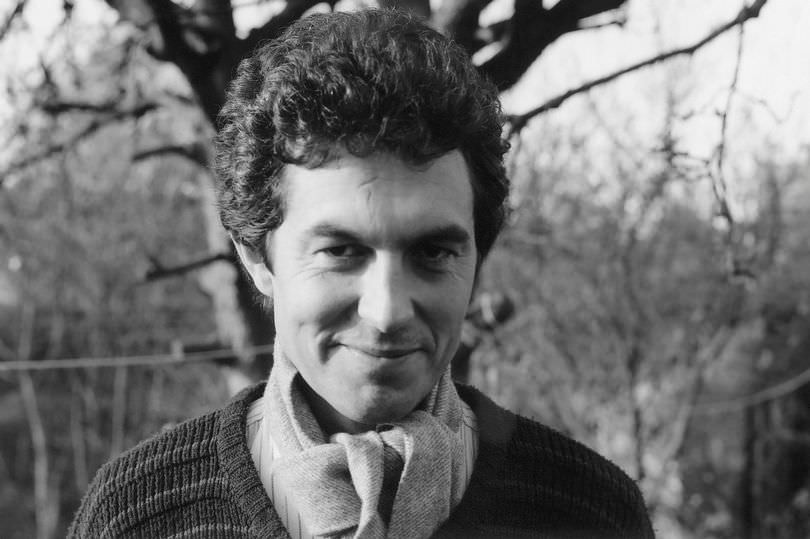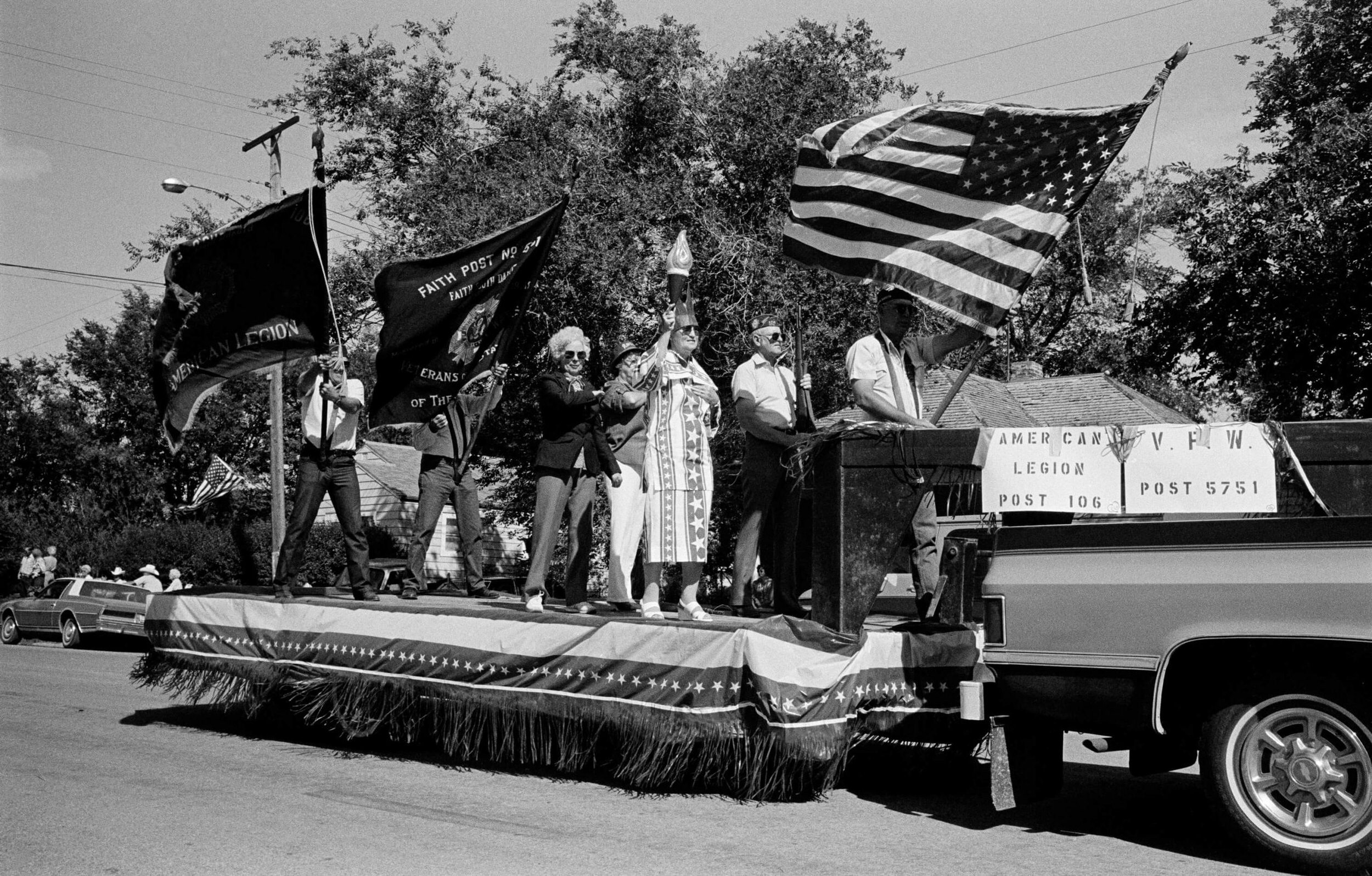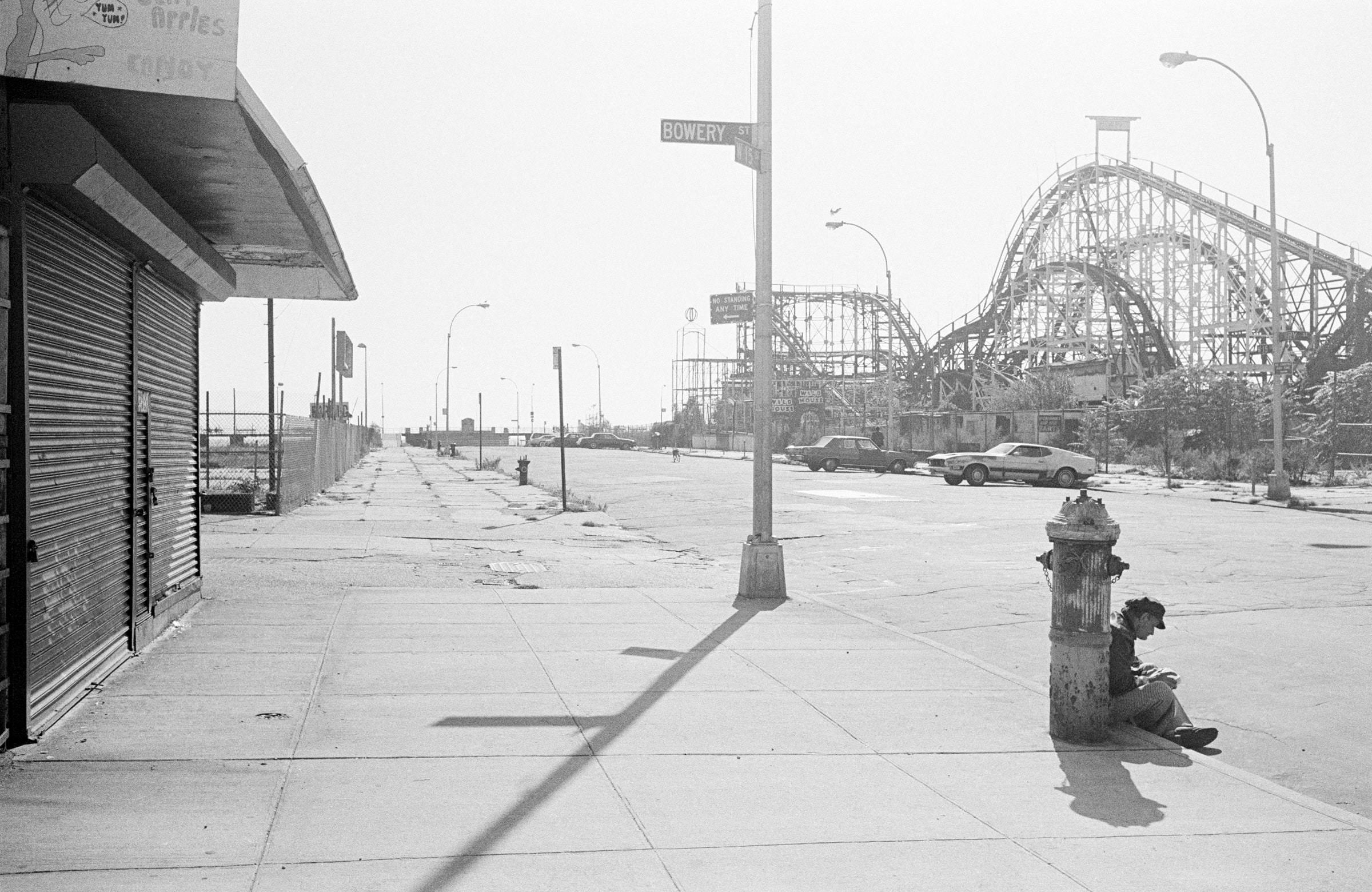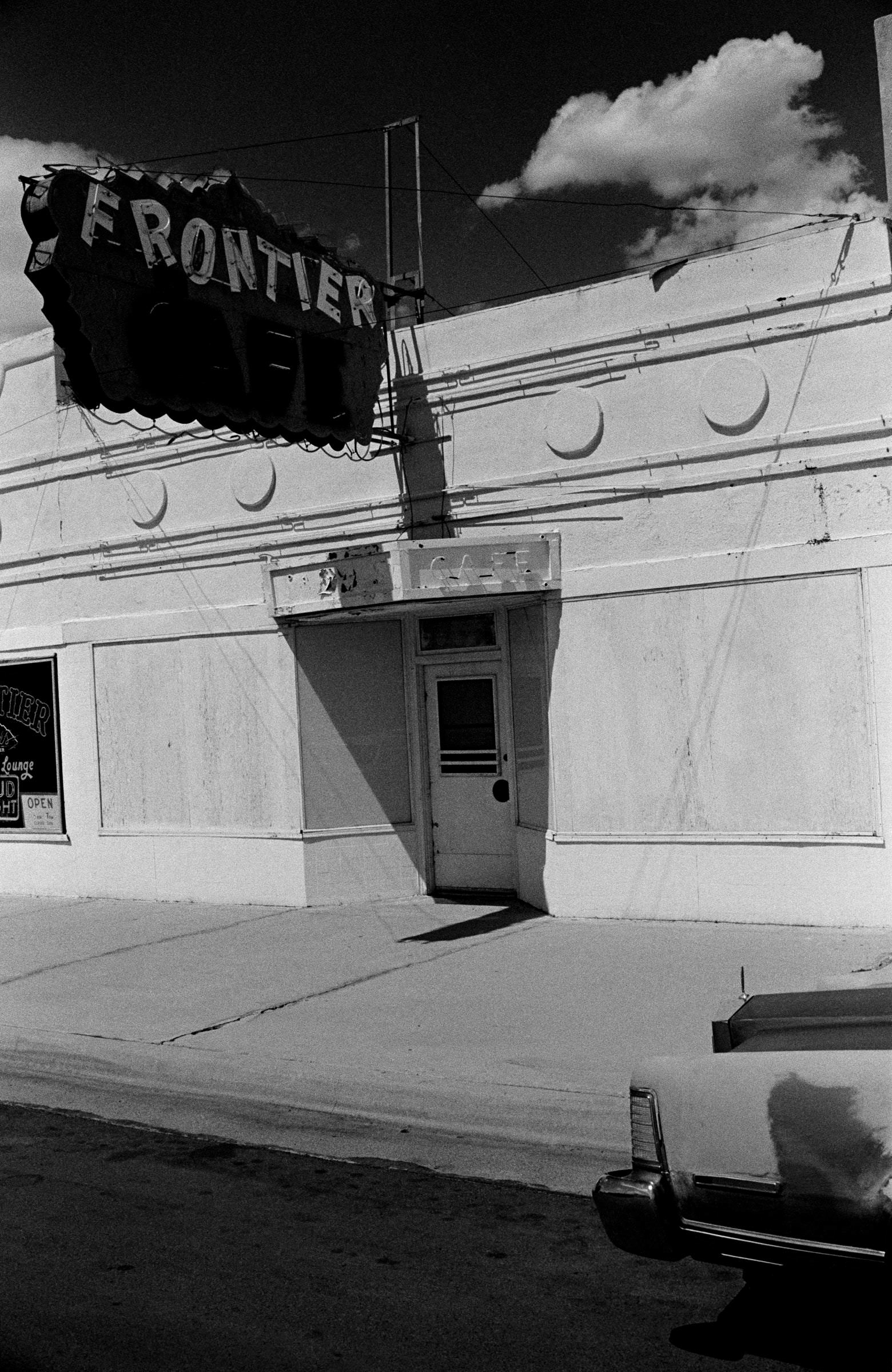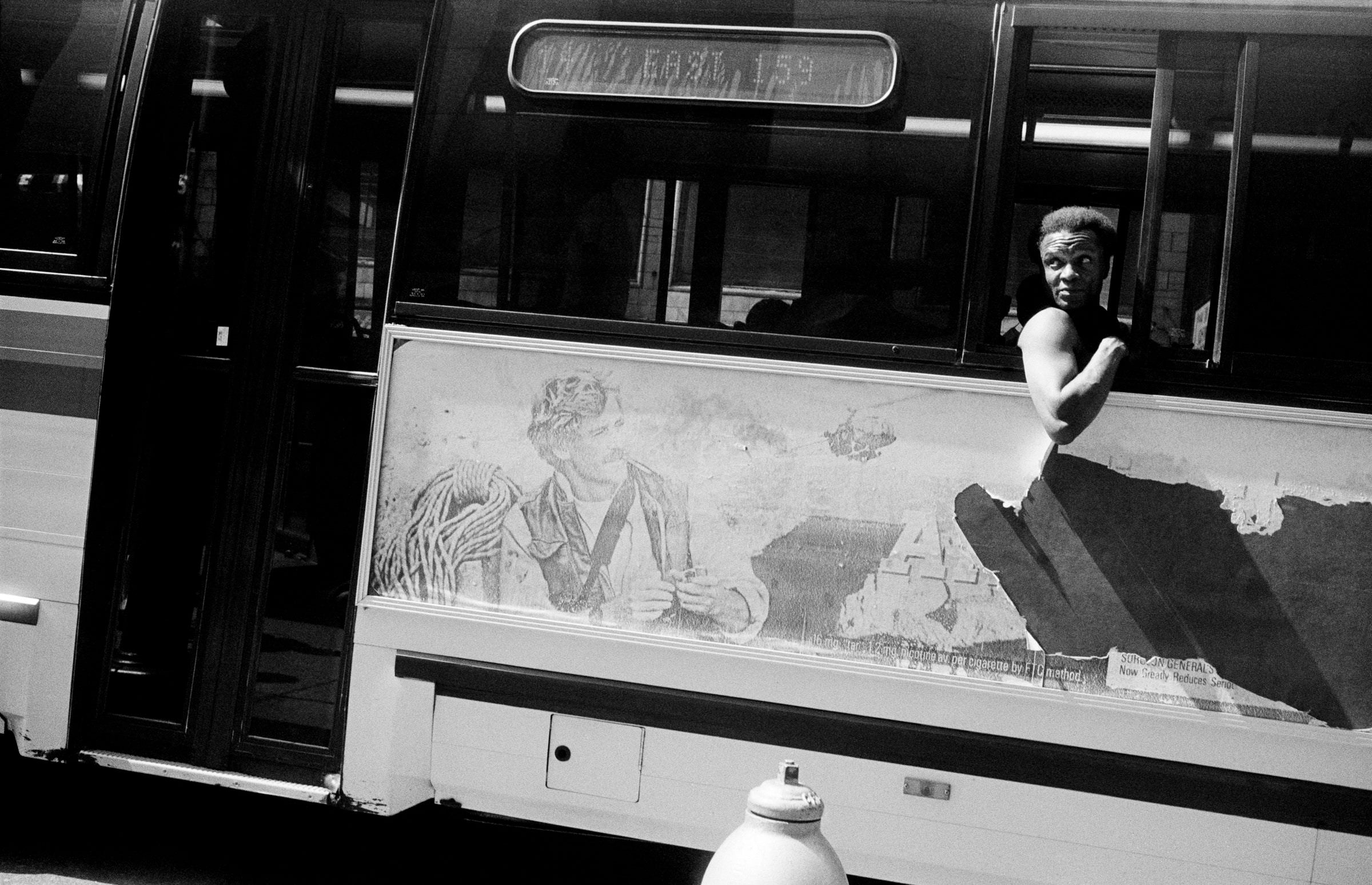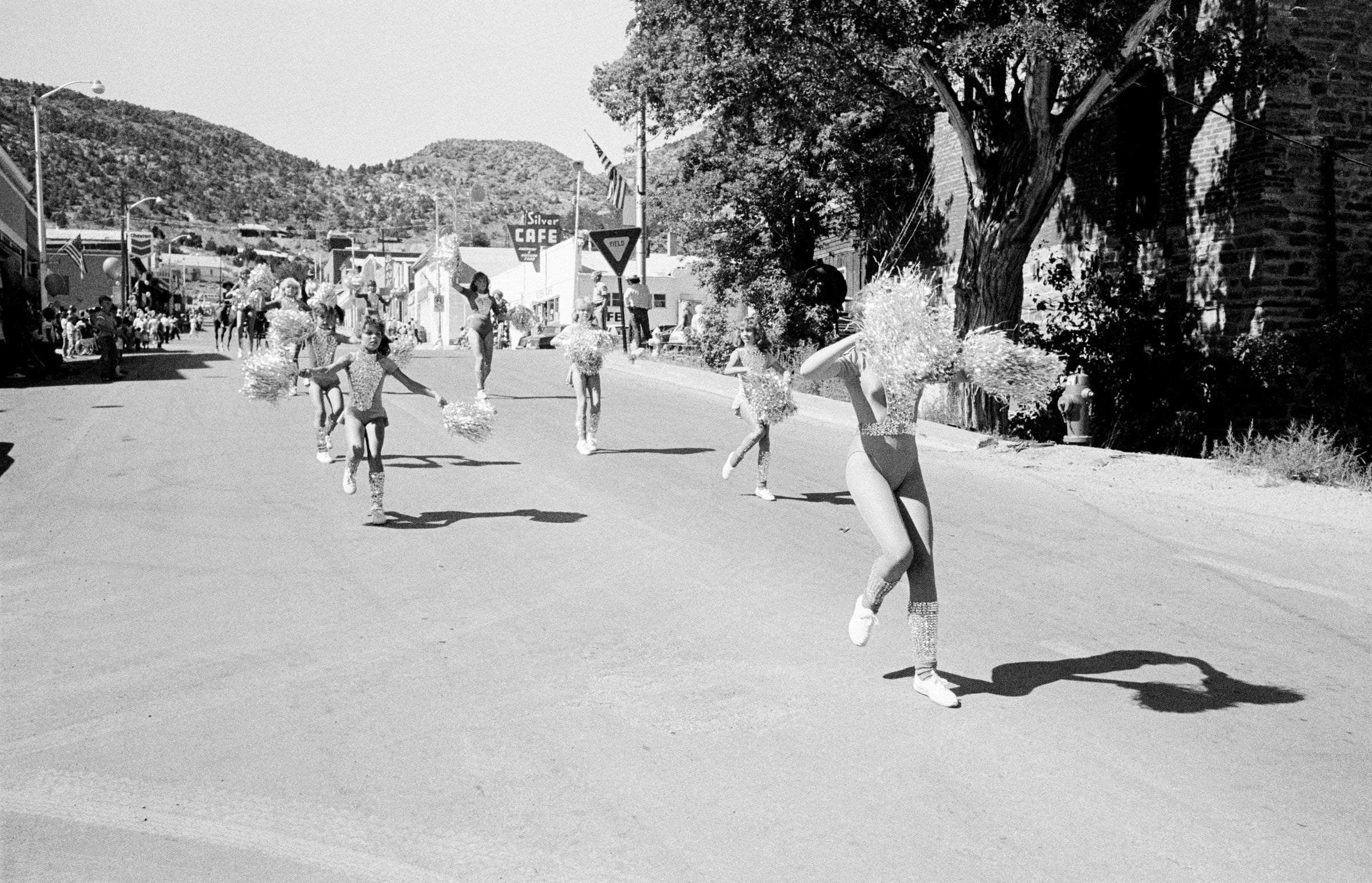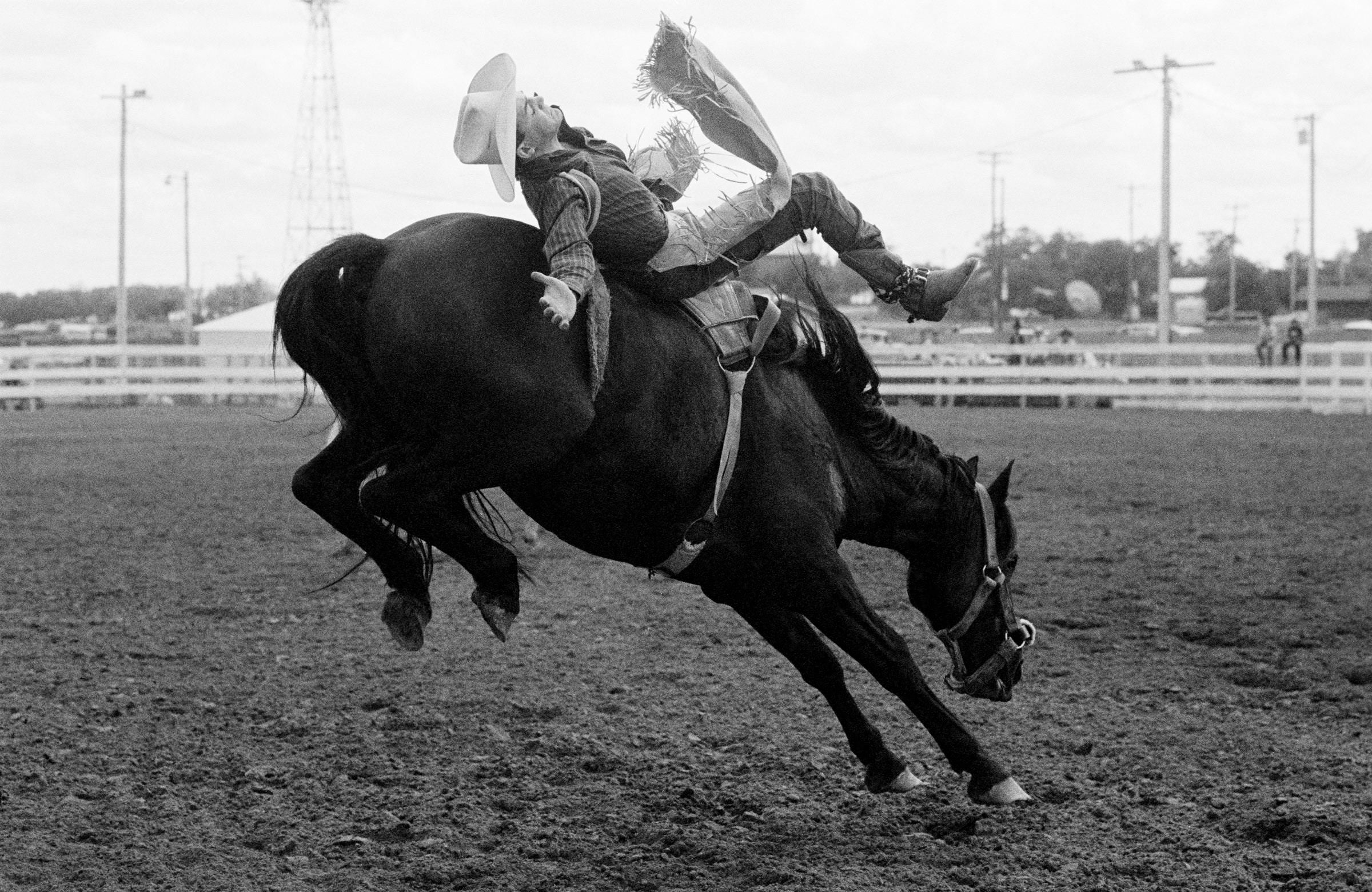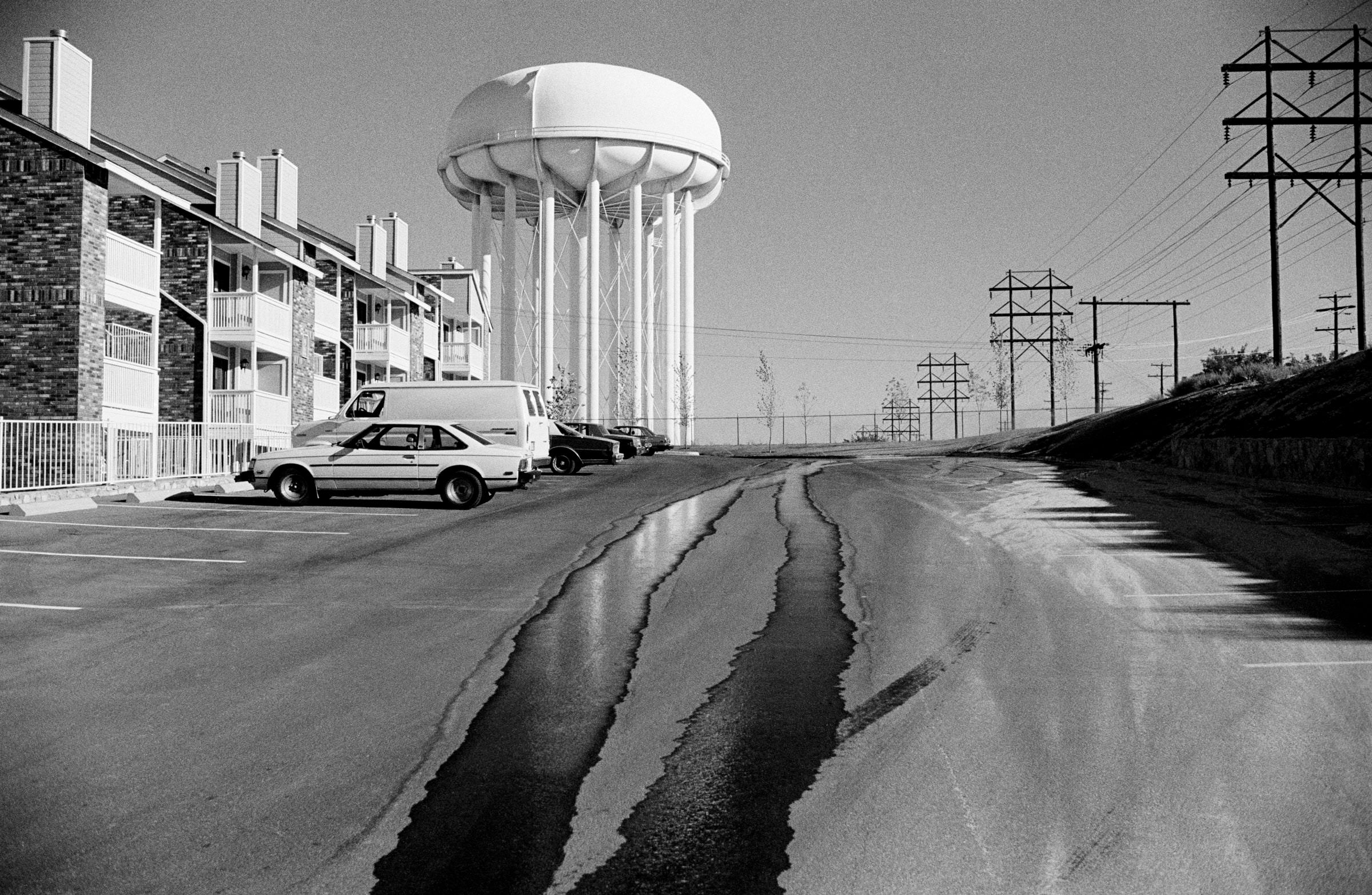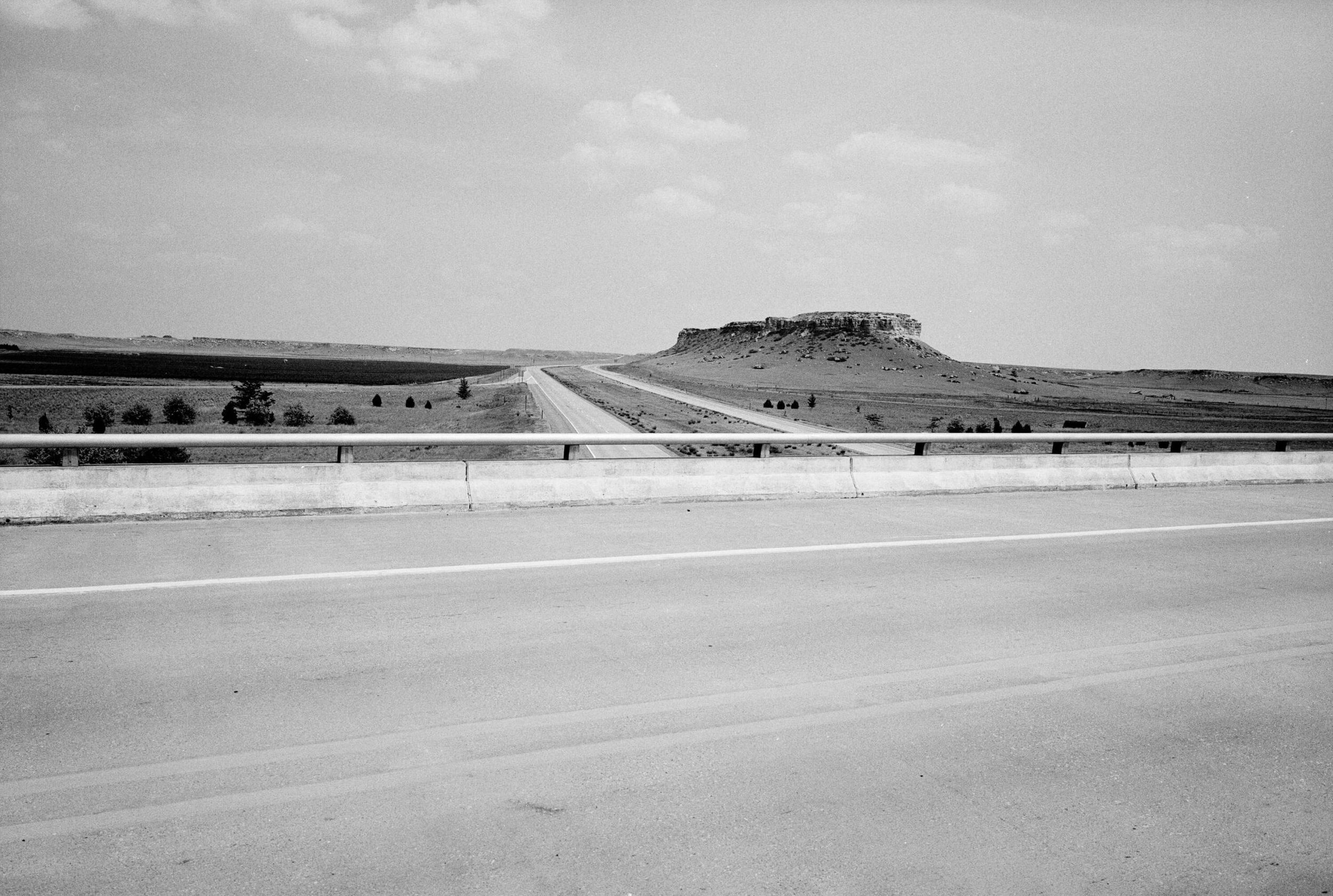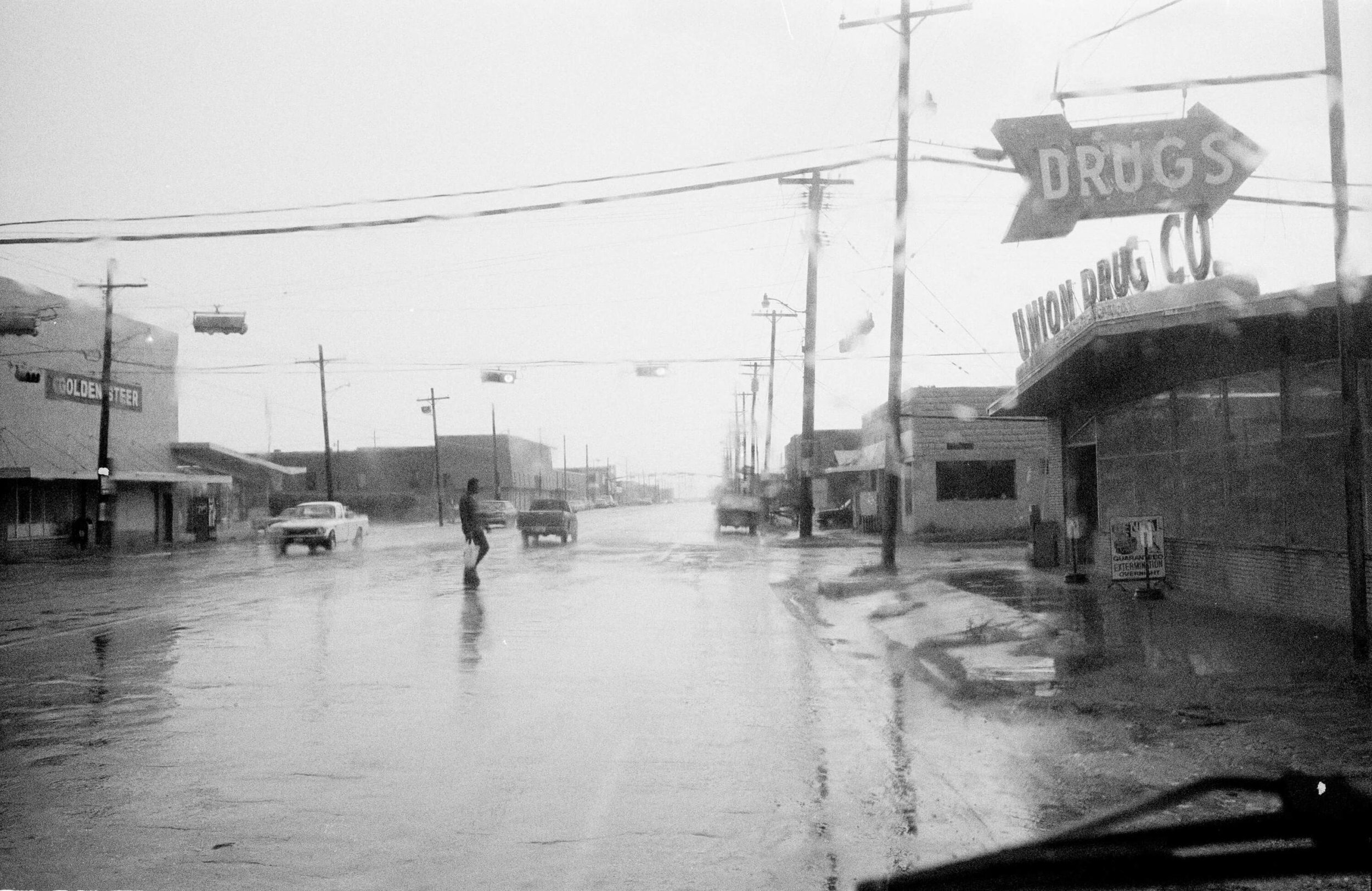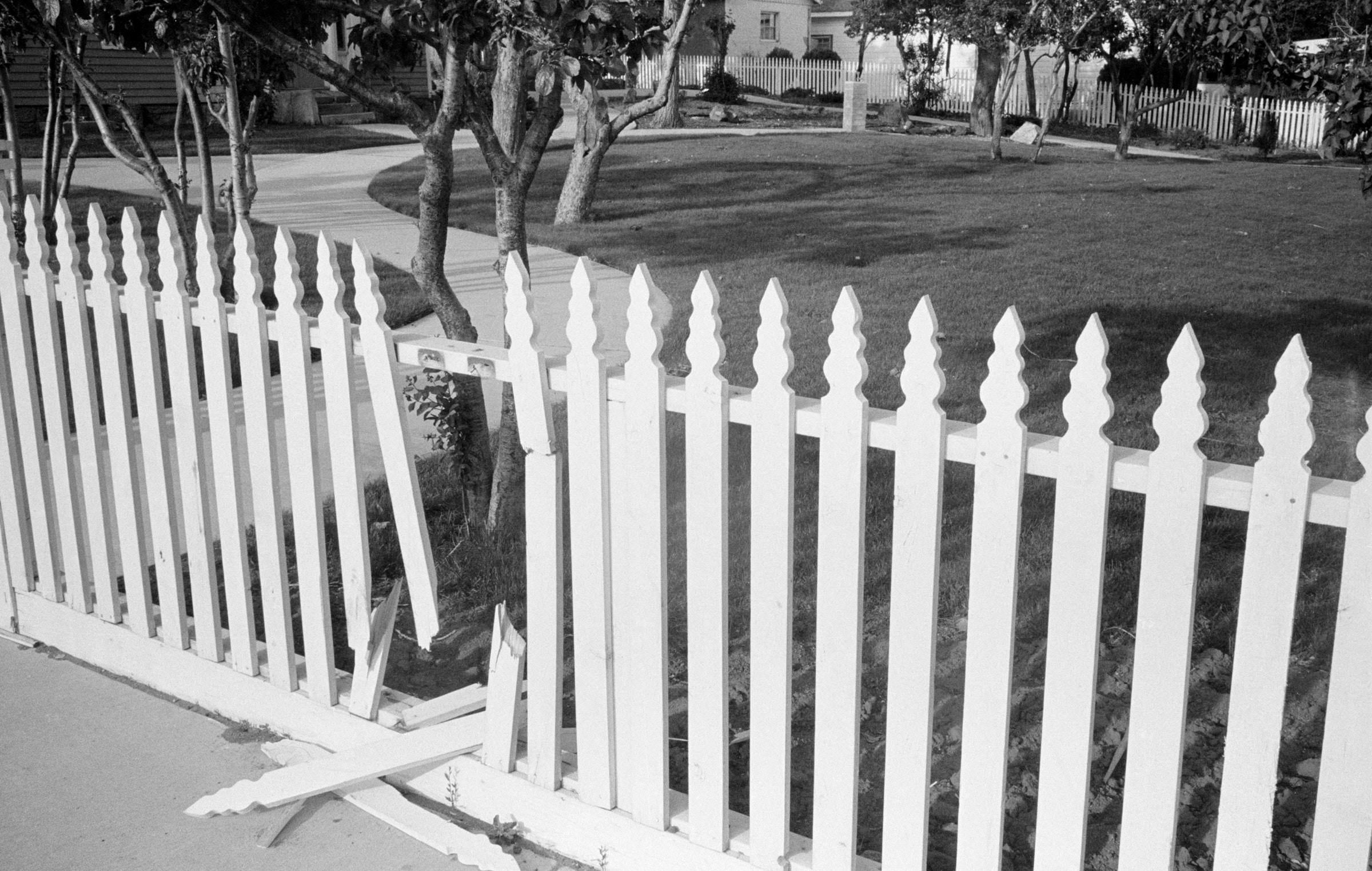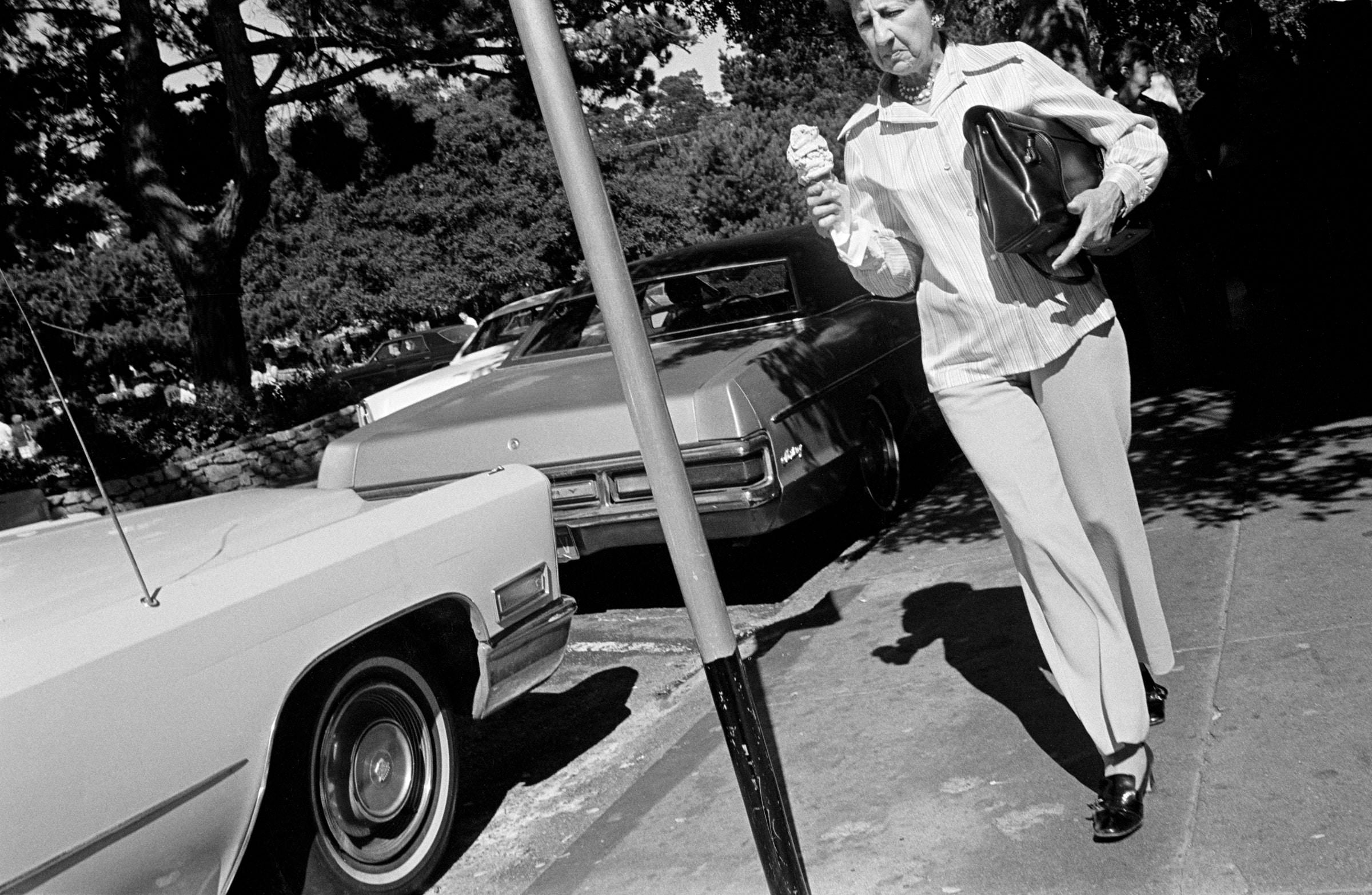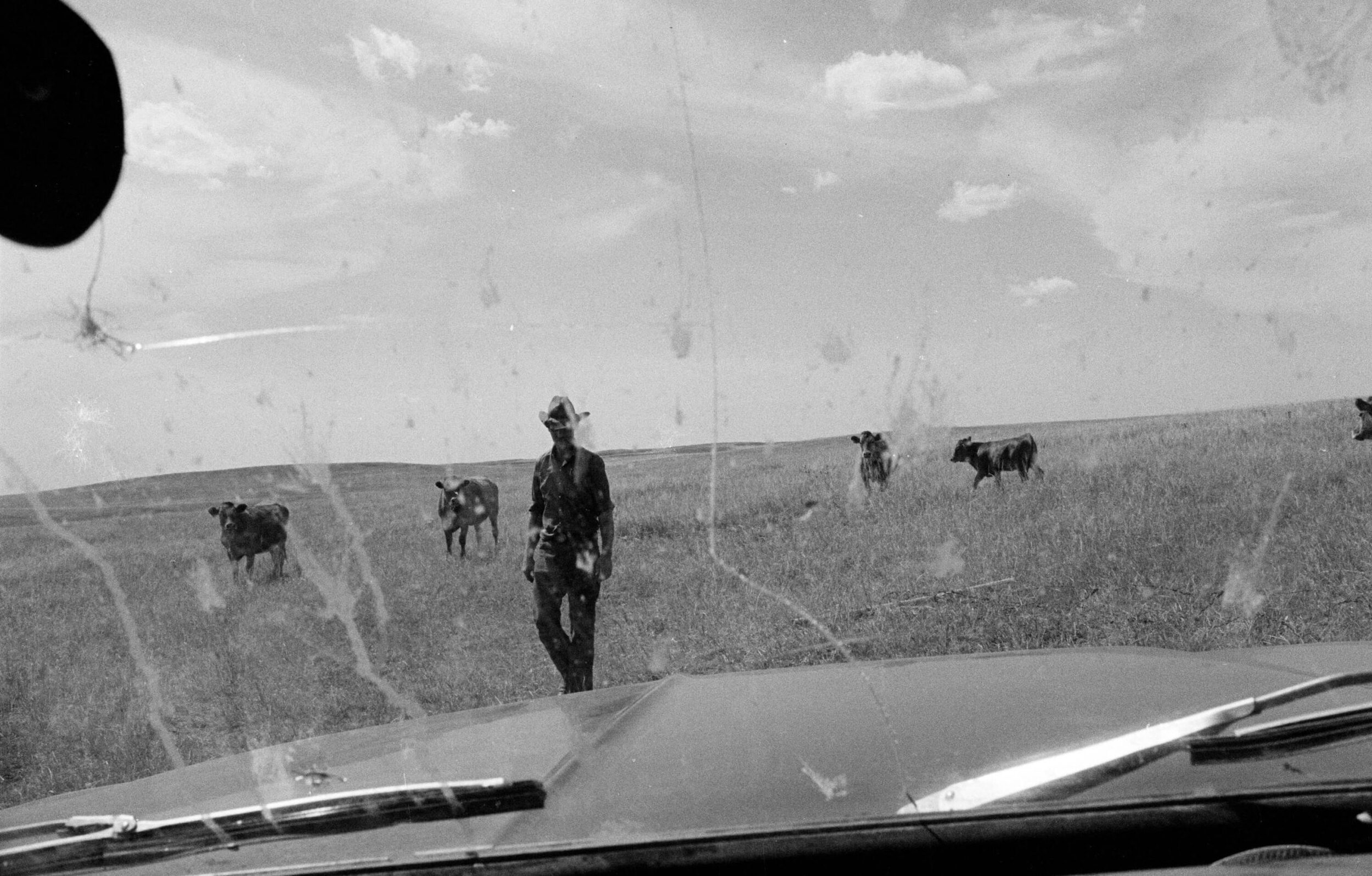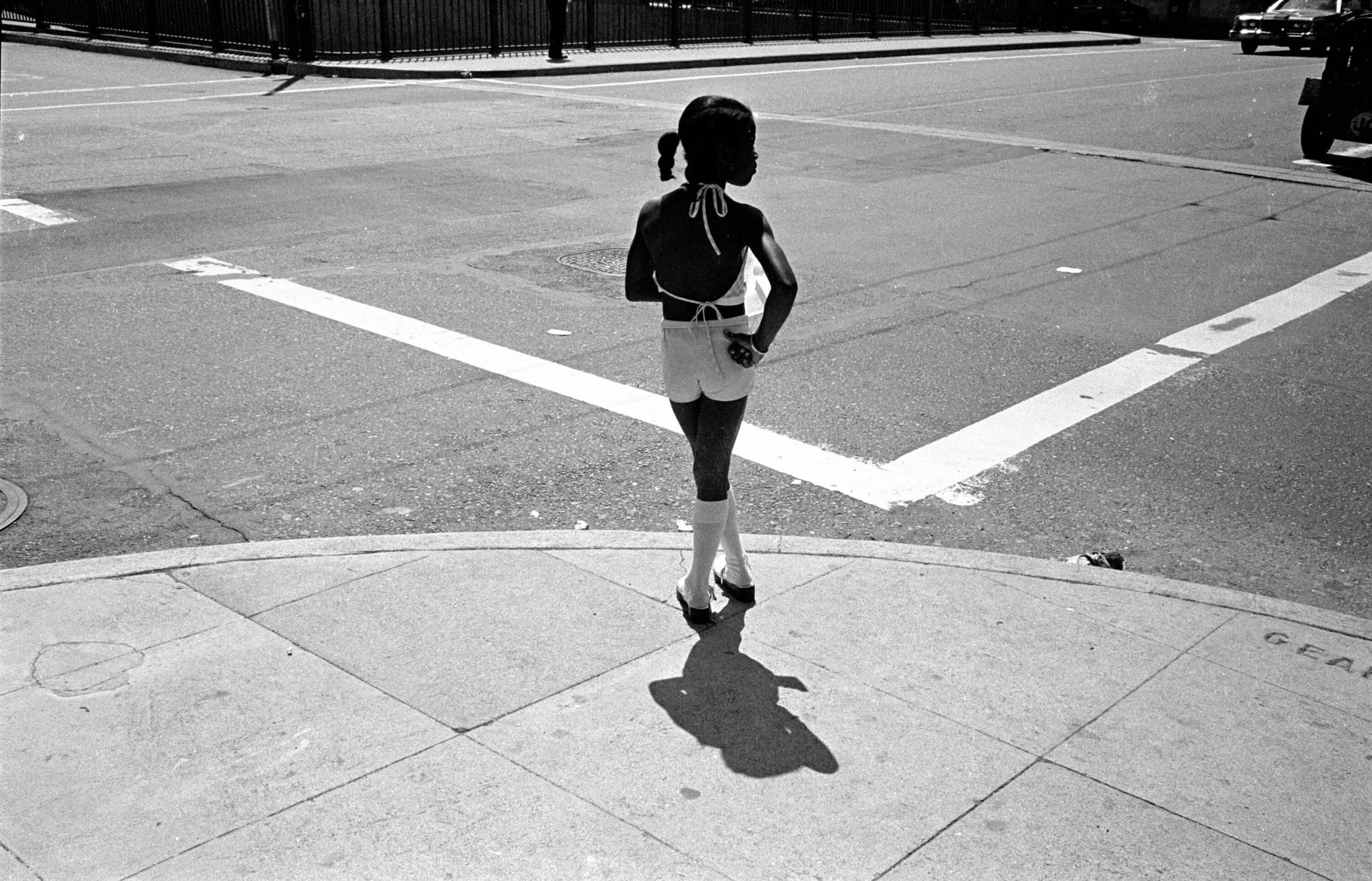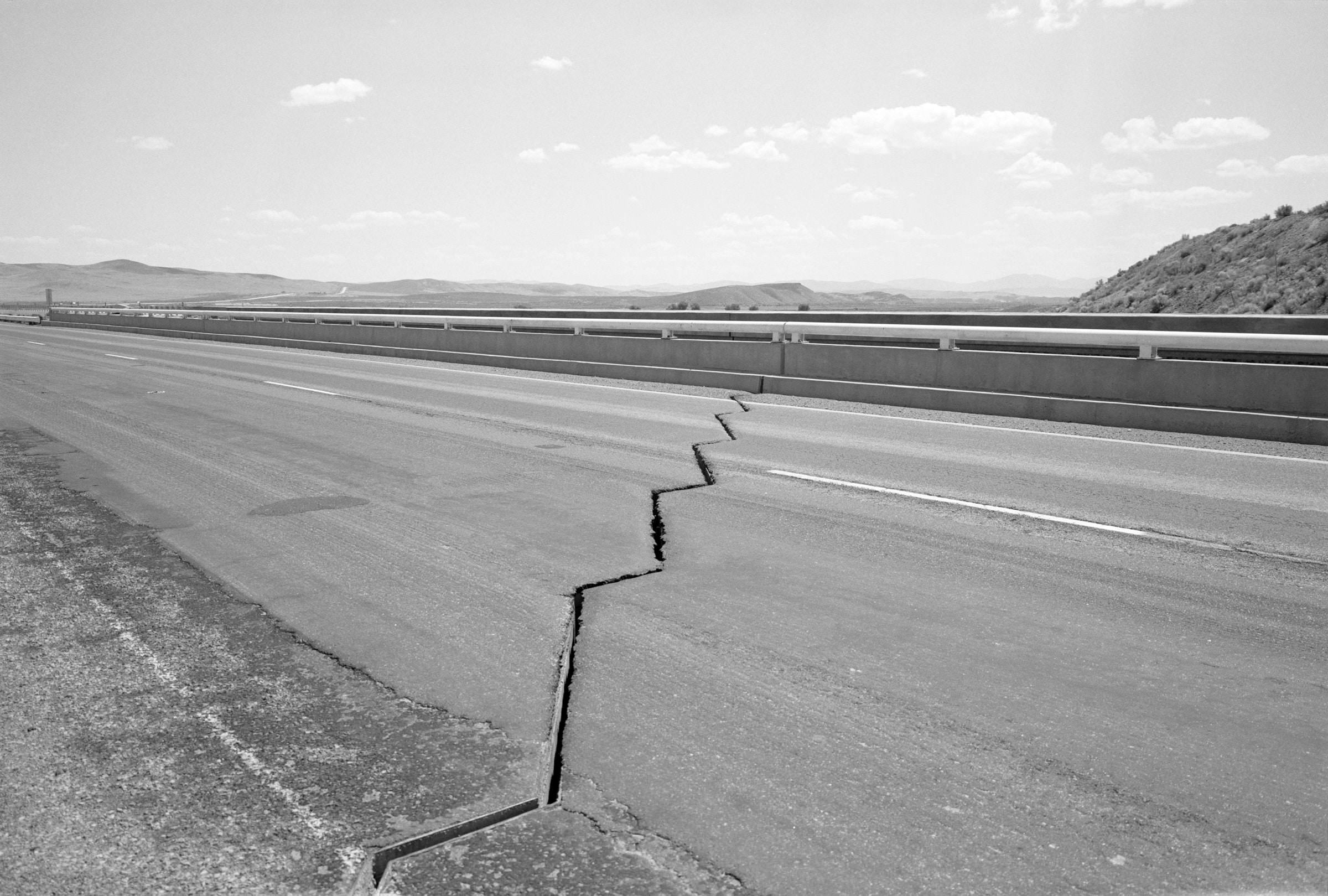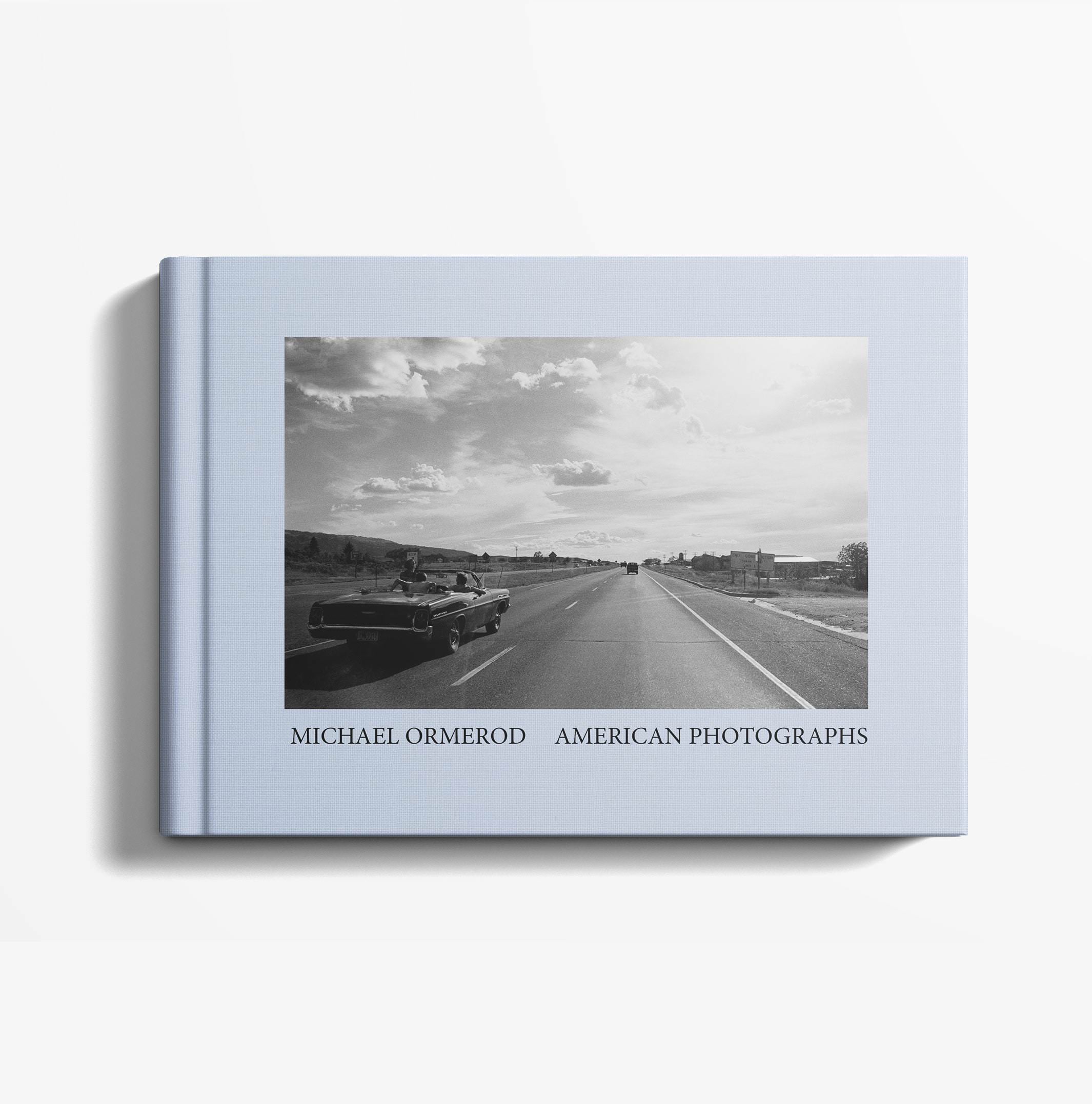Michael Ormerod: American Photographs
Previously unreleased black-and-white photographs taken in the United States by Michael Ormerod (1947-1991) are the focus of this new book. Ormerod, a British photographer, tragically lost his life in a road accident during his final field trip to the U.S. in August 1991. Over the past ten years, his daughter, Ali Ormerod, in collaboration with photographers Geoff Weston and Alan Thoburn, has meticulously searched through his archive of undeveloped negatives to reintroduce his work to a modern audience.
Starting in the late 1970s, Ormerod and his partner embarked on numerous road trips through the United States in a VW camper van, guided by the spirit of William Least Heat-Moon’s travel memoir Blue Highways. They purposely avoided cities and major highways, choosing instead to explore the lesser-known rural roads of America. No written records accompany Ormerod’s photos, leaving the images without captions and disconnected from specific times and places. As Geoff Dyer notes in the book’s introduction, the photographs are ‘free-standing,’ portraying an America of forgotten roads, unremarkable towns, and vanishing points—an indistinct and stateless landscape.
“Once in a while, you encounter a body of work that feels undeniably both truthful and genuine. This collection evokes a sense that retracing the photographer’s path would convey the same impression of open spaces, shadows, and perhaps even hats. Michael Ormerod had a voice uniquely his own—a rare quality in photography.” – David Hurn
The book’s title is a nod to Walker Evans’s iconic American Photographs and the long-standing tradition of the road trip as a cornerstone of American photographic exploration, an approach shared by the likes of Robert Frank, Garry Winogrand, and Joel Sternfeld. In his accompanying text, Dyer argues that Ormerod was not just documenting America in its beauty and flaws; he was also engaging with the history of American photography. Within Ormerod’s images, one can find echoes of earlier photographs: a fractured version of Paul Strand’s iconic white picket fence, the chaotic streets reminiscent of Winogrand, and stock imagery of rodeos. The arm of a man extended from a bus window recalls Robert Frank’s famous 1955 shot of the New Orleans trolley.
‘These visual references and allusions don’t exist for their own sake. These American photographs have enough strength to stand on their own, yet their deeper connections—sometimes concealed, sometimes openly visible—are intertwined with photographic history.’ – Geoff Dyer
Since Ormerod’s death, his archives have been preserved at the Millennium Picture Library in London. Two years later, in 1993, the book States of America was published posthumously, featuring both his black-and-white and color work, coinciding with an exhibition at Zelda Cheatle Gallery. A second exhibition followed in 2003 at Sheffield’s Graves Art Gallery, and in 2010, his work was again showcased at the Crane Kalman Gallery in Brighton. In 2012, after a family gathering, Ali Ormerod and her father’s longtime friend, Geoff Weston, began revisiting Michael Ormerod’s legacy. Upon discovering a wealth of previously unseen negatives, they collaborated with Alan Thoburn over a decade to curate a fresh collection of his work.
The book American Photographs contains 50 previously unpublished images. The accompanying exhibition, Vanishing Point, will present these alongside some of Ormerod’s most well-known color pieces.
About the Author
Michael Ormerod was born in Cheshire in 1947. He lived in Newcastle, but spent many years travelling America. Fascinated by the American image, and following in the footsteps of Robert Frank, Ormerod took to the American West to find a washed out dream of capitalism. His images capture a strange juxtaposition of an American beauty tainted by a hidden sense of menace and corruption.
The photographs are understated, but show an unseen America, where the industrial heartland is decaying, highways stand empty and towns are deserted. The subjects of Ormerod’s work are the disenfranchised. A teenager cycles through her neighbourhood wearing a Halloween-style hockey mask, a Native American man stands in a graveyard, their expressions are unreadable.
The work subverts traditional American icons. A white picket fence is staved in, a huge billboard for Miss Teen Dakota USA stands next to an empty highway. Inverting the famous Hollywood sign, Ormerod photographs a Texaco sign from the back, dominating the empty, Western landscape.
The works also show humour – a giant fake dinosaur looms in the distance of a desert landscape, a stuffed moose head is displayed in the window of a diner. The subjects of the work are unconventional, surreal and sometimes mundane, but create an atmosphere of an eerie backwater America.
His photographs are those of the outsider, constantly travelling through a no-man’s-land. A sense of pessimism pervades, showing how the commercial boom of the 1950s has collapsed, leaving deserted streets, rubbish dumps and alienation. It is a land where the American Dream has turned sour.
Ormerod’s book, States of America, was published shortly after he died: the body of work, States of America, is the photographic legacy of one of the UK’s leading photographic talents whose untimely death in 1991 prematurely ended the highly promising career of a distinctive and powerful photographic voice.

